Weave Raffia Into Your Interiors for Natural Appeal
http://www.decor-ideas.org 07/21/2013 15:50 Decor Ideas
Most of us think of raffia as a ribbon to use in crafts — but this versatile fiber has been used in interiors for centuries. Made out of fibers from dried palm, durable and flexible raffia can be used for much more than wrapping presents. This material's soft but pliable texture has made it a popular textile for wallpaper, upholstery fabric and accessories.
Discover raffia's pros and cons here and see how you can use this natural material around the home.
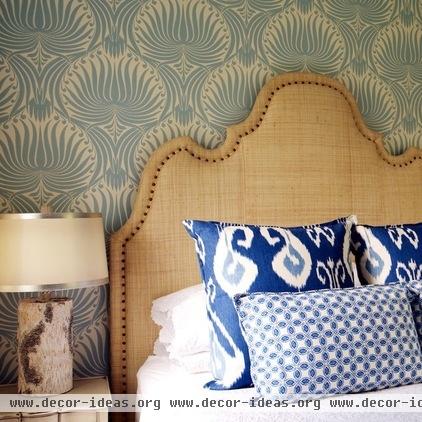
The basics. Raffia is a natural fiber harvested from a specific type of palm tree found in Africa, South America and parts of the Philippines. The membrane on the back of each leaf is torn off to create a long and thin fiber. The light-colored fibers are dried and then used for craft products or dyed and woven into textiles.
Tip: Handwoven raffia from Africa or the Philippines that has been yarn dyed prior to weaving has the most consistent color.
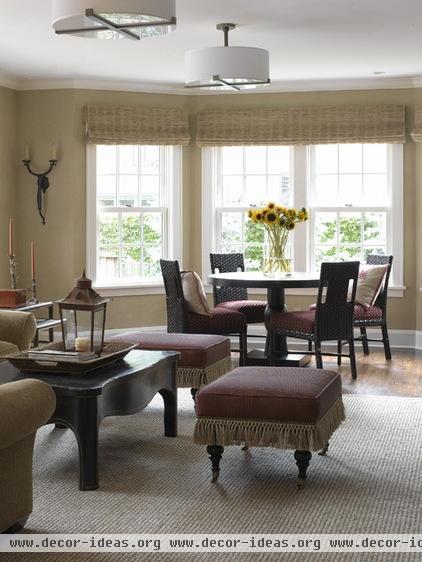
Ancient uses. As early as the 14th century, textiles (including raffia cloth) were used as currency all across Africa. The size, quality and color of the textile determined its value. Large pieces were used as payment and were given at weddings and funerals.
Tip: For just a touch of raffia interest at a lower cost than cloth, dress up your ottomans or furniture with raffia fringe.
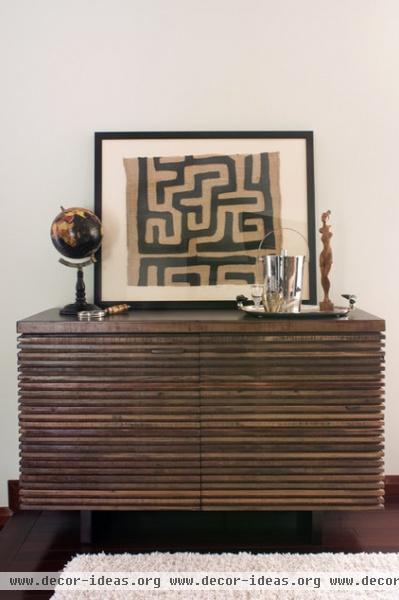
Kuba cloth is a traditional patterned textile made from the raffia tree by the Kuba people in Congo. They dye the raffia leaves using mud or liquid from the camwood tree, and then rub the fabrics by hand so they're soft and easier to weave.
The Kuba embroider the cloth by pulling raffia fibers through it — an extremely time-consuming and delicate craft. The patterns symbolize particular communities, and each design can have many meanings.
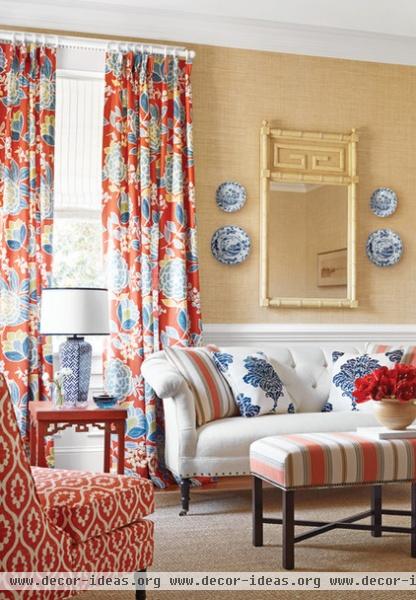
Durability. Quality raffia upholstery fabric should score at least 40,000 on the Martindale Rub Test, which predicts wearability; fabric samples are rubbed using worsted wool cloth in a figure-8 motion. The score indicates the number of rubs that the fabric can take before it wears and changes in appearance from holes, pilling etc.
Tip: Raffia wallpaper that has been bonded to a fabric backing and treated with a stain repellent is easier to install and care for.
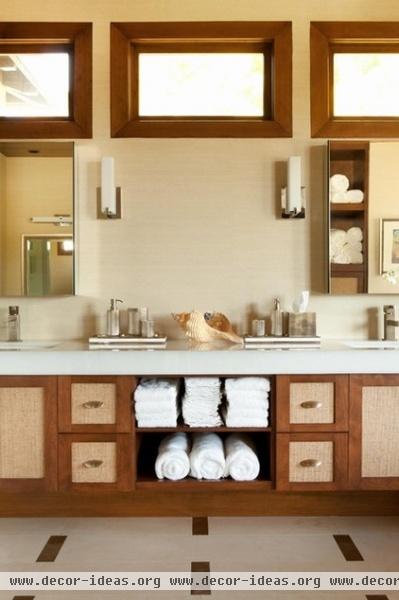
Authentic raffia fabric isn't the best bet in wet areas. If water sits on it for long periods of time, it will mold. If you'd like to use raffia in your bathroom or kitchen, install it in a spot that sees little water — such as on cabinet fronts or upper cabinetry.
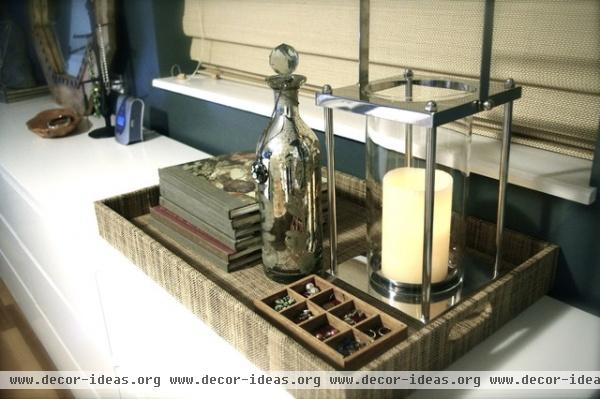
Modern uses. Dyed raffia is often used in modern home accessories. Woven placemats, baskets and trays all benefit from the material's durability and transitional style.
Tip: If having the authentic, natural product is important to you, check your raffia labels to make sure it's not made from other materials. Faux raffia is often made from cellulose pulp.
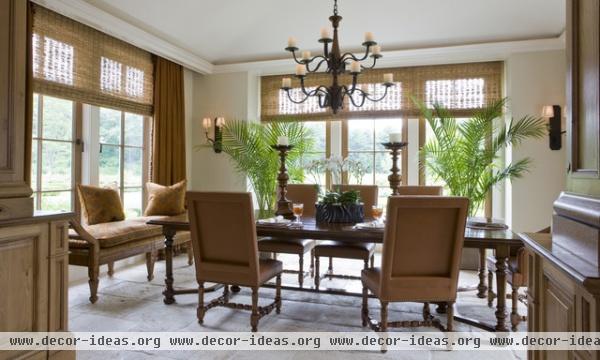
If you need to shade your windows but don't want to lose all of your natural light, try raffia blinds; they add instant warmth and character to any room, creating a gentle, dappled lighting effect.
Tip: In a more traditional setting, frame your raffia blinds with curtains in a contrasting color to soften the look.
Related Articles Recommended












